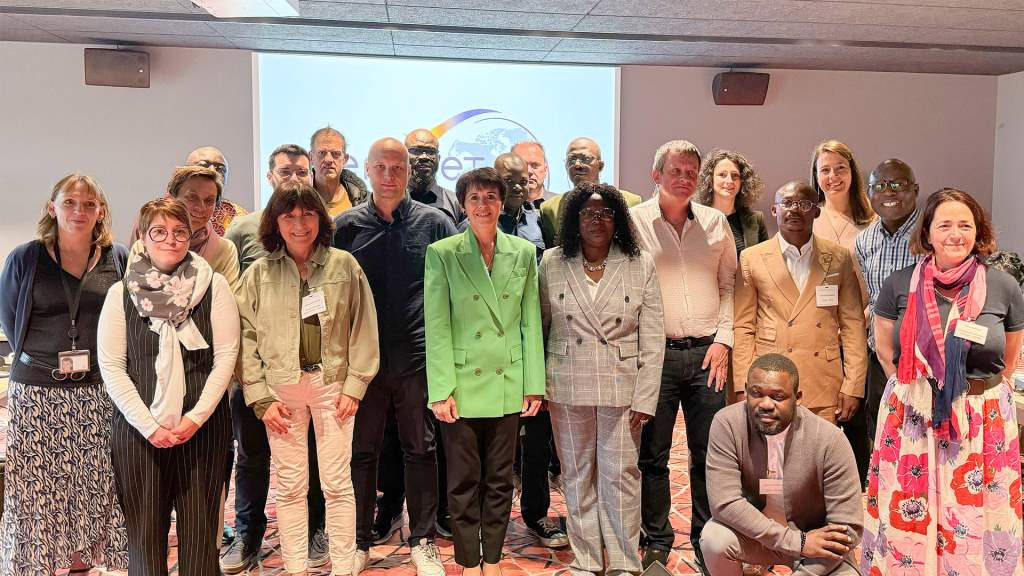Reducing Steel's Carbon Footprint: The EraLow Solution From Eramet

Table of Contents
Understanding the Environmental Impact of Traditional Steel Production
High Carbon Emissions from Traditional Blast Furnaces
Traditional steel production relies heavily on blast furnaces, which use coking coal as a reducing agent. This process is incredibly energy-intensive and generates massive amounts of CO2. The World Steel Association estimates that the steel industry accounts for around 7% of global CO2 emissions. This significant contribution stems from several factors:
- High energy consumption during the process: Blast furnaces require enormous amounts of energy to operate at high temperatures.
- Significant CO2 release from coke production and the blast furnace itself: The production of coke from coal itself is a CO2-intensive process, and the blast furnace releases further CO2 during the reduction of iron ore.
- Contribution to air pollution: Traditional blast furnaces also release other pollutants into the atmosphere, impacting air quality.
The Urgency for Sustainable Steel Alternatives
The growing awareness of climate change and increasingly stringent environmental regulations are putting immense pressure on the steel industry to reduce its carbon footprint. The need for change is driven by several converging factors:
- Increased demand for low-carbon steel products from environmentally conscious consumers: Consumers are increasingly seeking sustainable products, and this demand is pushing manufacturers to adopt greener practices.
- Government regulations and carbon pricing mechanisms driving the need for change: Governments worldwide are implementing stricter regulations and carbon pricing schemes to incentivize decarbonization efforts in various industries, including steel.
- Investor pressure to improve sustainability performance: Investors are increasingly considering Environmental, Social, and Governance (ESG) factors when making investment decisions, putting pressure on steel companies to improve their sustainability performance.
eraLow: Eramet's Solution for Low-Carbon Steel Production
The eraLow Process: A Technological Breakthrough
Eramet's eraLow process represents a significant technological leap in sustainable steel production. This innovative process dramatically reduces CO2 emissions compared to traditional blast furnace methods. Key features include:
- Reduced reliance on coking coal: eraLow significantly minimizes the use of coking coal, a major source of CO2 emissions in traditional steelmaking.
- Use of alternative reducing agents: The process utilizes alternative reducing agents, such as hydrogen, to replace coking coal and reduce CO2 emissions.
- Improved energy efficiency: eraLow boasts improved energy efficiency compared to traditional methods, further lowering its carbon footprint.
- Potential for carbon capture and storage integration: The process is designed to be compatible with carbon capture and storage (CCS) technologies, offering the potential for even greater emissions reductions.
Benefits of Choosing eraLow Steel
Choosing eraLow steel provides numerous benefits, impacting both environmental and economic aspects:
- Reduced carbon footprint: Eramet claims that eraLow steel can significantly reduce the carbon footprint of steel production by up to 40% compared to traditional methods.
- Compliance with increasingly stringent environmental regulations: Using eraLow steel helps companies meet and exceed increasingly stringent environmental regulations.
- Enhanced brand image and reputation for sustainability: Incorporating sustainable steel contributes to a company's overall sustainability credentials and enhances its brand image.
- Potential cost savings through reduced energy consumption (long term): While initial investment may be higher, the long-term cost savings from reduced energy consumption can be substantial.
The Future of Sustainable Steel with Eramet's eraLow
Scaling Up Production and Global Impact
Eramet is committed to scaling up its eraLow production capacity to meet the growing global demand for sustainable steel. Their plans include:
- Investment in new facilities and technologies: Eramet is investing heavily in new facilities and technologies to expand eraLow production.
- Partnerships with other companies in the steel value chain: The company is forging partnerships across the steel industry to facilitate the widespread adoption of eraLow.
- Potential for widespread adoption of eraLow technology: The potential for widespread adoption of eraLow technology is significant, promising a substantial reduction in the steel industry's carbon footprint.
Collaboration and Innovation in the Steel Industry
Eramet is actively driving innovation and collaboration within the steel industry to accelerate the transition to a more sustainable future. Their efforts include:
- Research and development collaborations: Eramet is collaborating with research institutions and other companies to further improve the eraLow process.
- Industry partnerships to promote sustainable practices: The company is working with industry partners to promote sustainable practices throughout the steel value chain.
- Contribution to the global effort in decarbonizing the steel industry: Eramet's commitment to eraLow positions them as a key player in the global effort to decarbonize the steel industry.
Conclusion
Eramet's eraLow process represents a substantial advancement in reducing the carbon footprint of steel production. By providing a viable and innovative alternative to traditional methods, eraLow contributes significantly to a more sustainable and environmentally responsible steel industry. The potential for widespread adoption of this technology is vast, offering a clear pathway to a greener future. To learn more about how eraLow can help your organization achieve its sustainability goals and contribute to a lower carbon footprint, contact Eramet today. Explore the possibilities of reducing steel's carbon footprint with eraLow and join the movement towards sustainable steel production.

Featured Posts
-
 The Parker Mc Collum George Strait Comparison A Legacy In The Making
May 14, 2025
The Parker Mc Collum George Strait Comparison A Legacy In The Making
May 14, 2025 -
 Tommy Fury And Jake Pauls Pub Feud Analyzing The Daddy Diss
May 14, 2025
Tommy Fury And Jake Pauls Pub Feud Analyzing The Daddy Diss
May 14, 2025 -
 Protests Target Rte And Bbcs Eurovision Broadcasting A Growing Movement
May 14, 2025
Protests Target Rte And Bbcs Eurovision Broadcasting A Growing Movement
May 14, 2025 -
 Mission Impossible Dead Reckoning And Its Problematic Sequel Timeline
May 14, 2025
Mission Impossible Dead Reckoning And Its Problematic Sequel Timeline
May 14, 2025 -
 Suomalainen Voitti Eurojackpotista 4 8 Miljoonaa Euroa Taessae Tiedot
May 14, 2025
Suomalainen Voitti Eurojackpotista 4 8 Miljoonaa Euroa Taessae Tiedot
May 14, 2025
